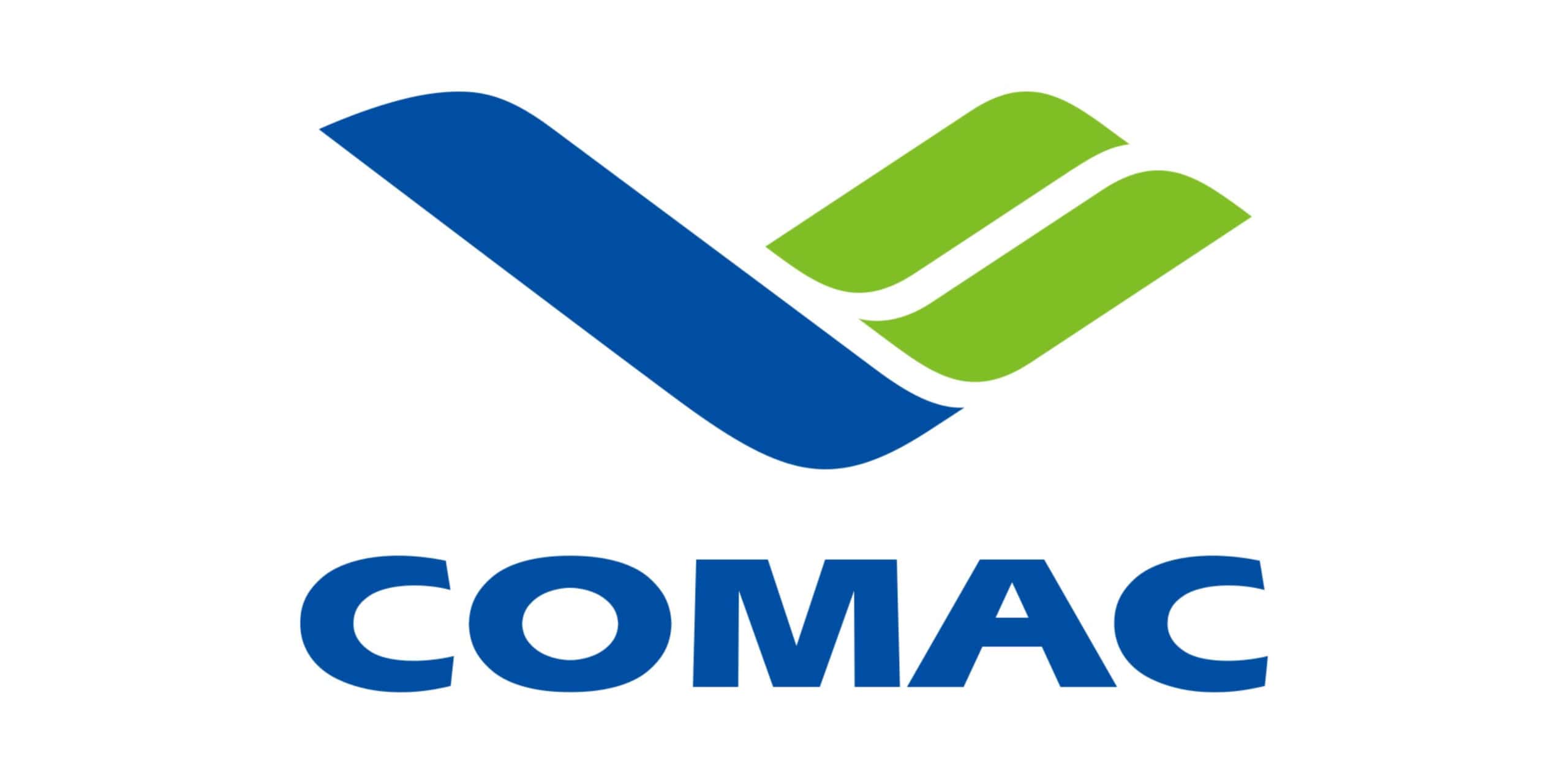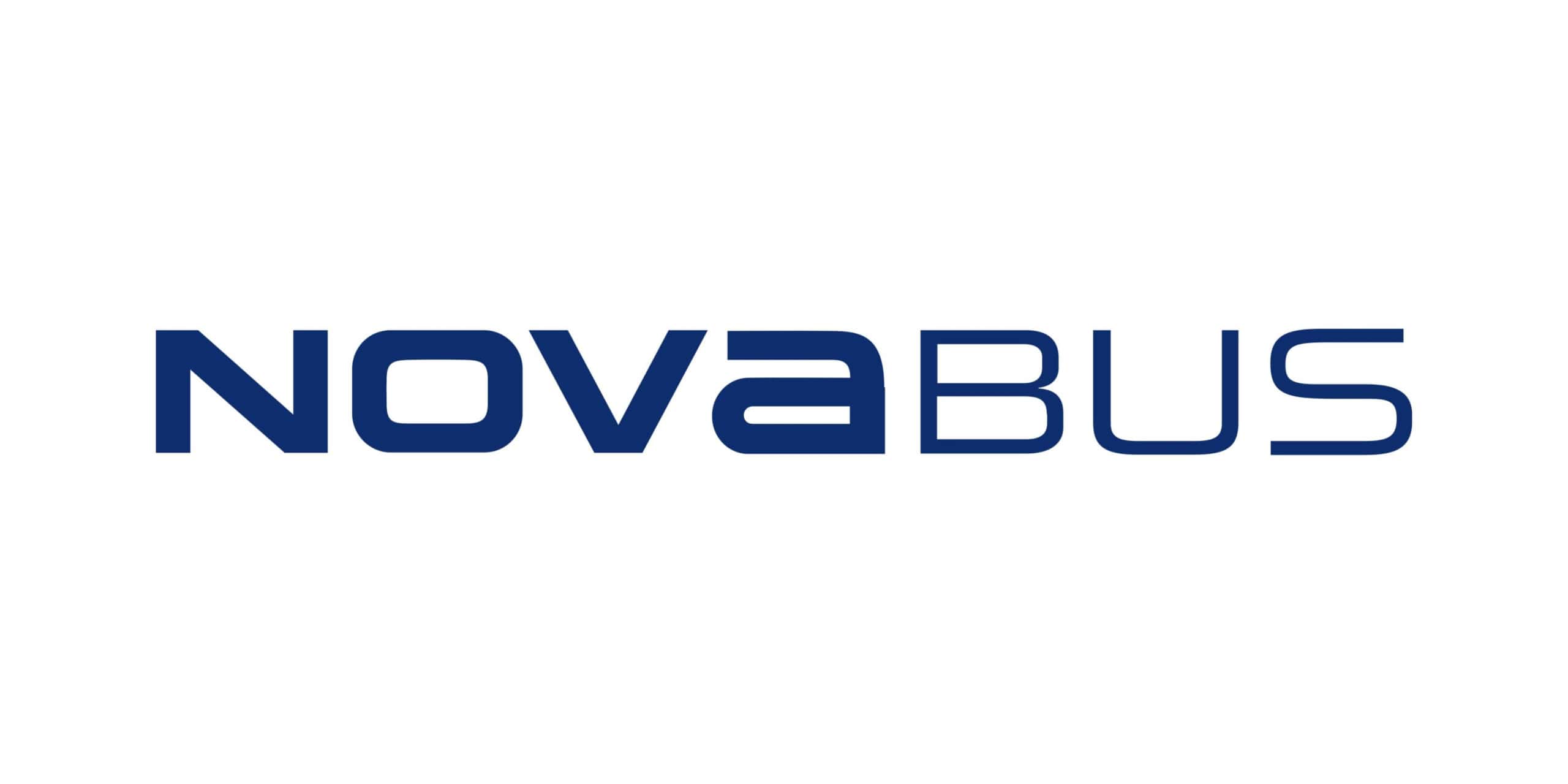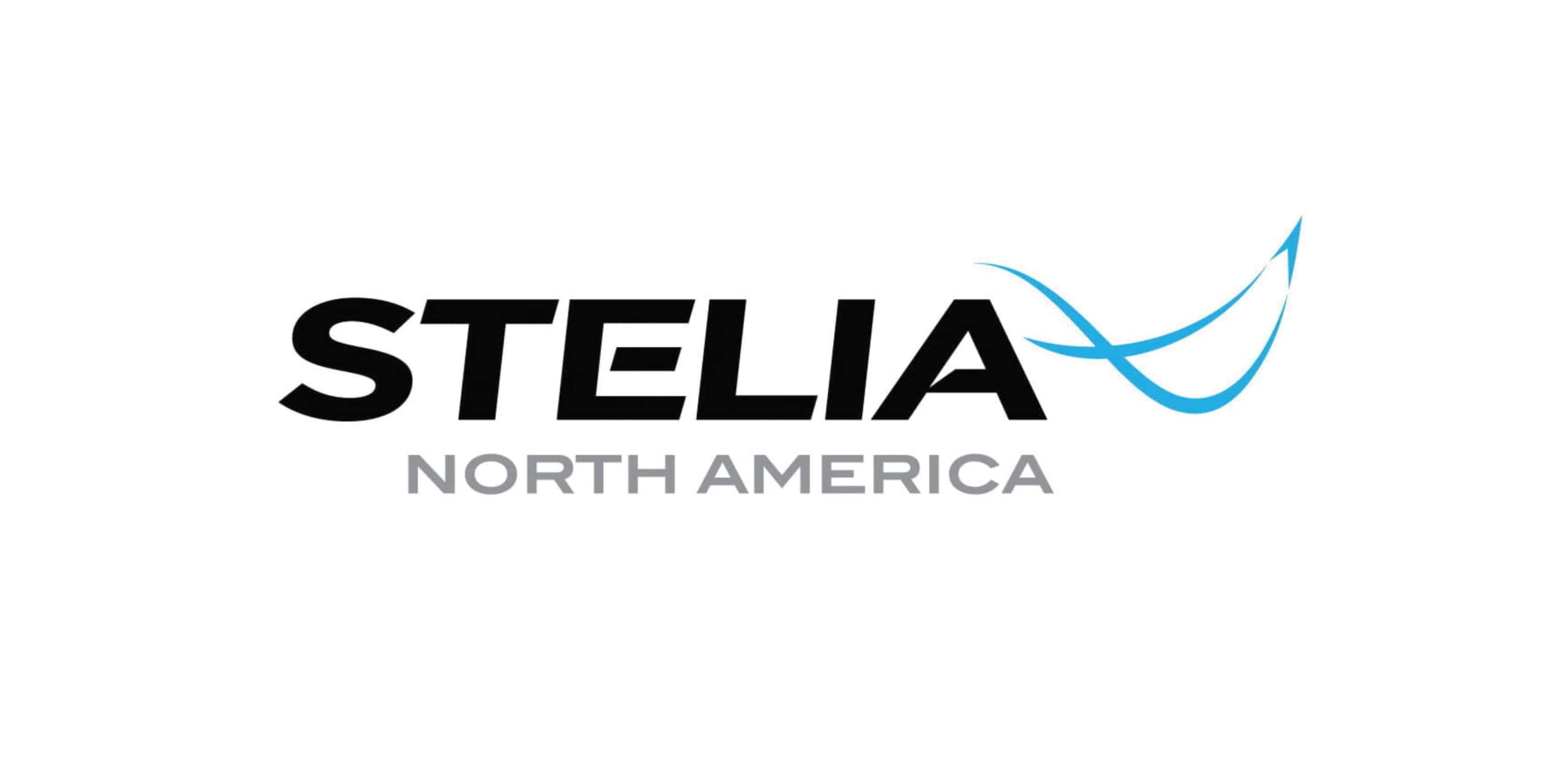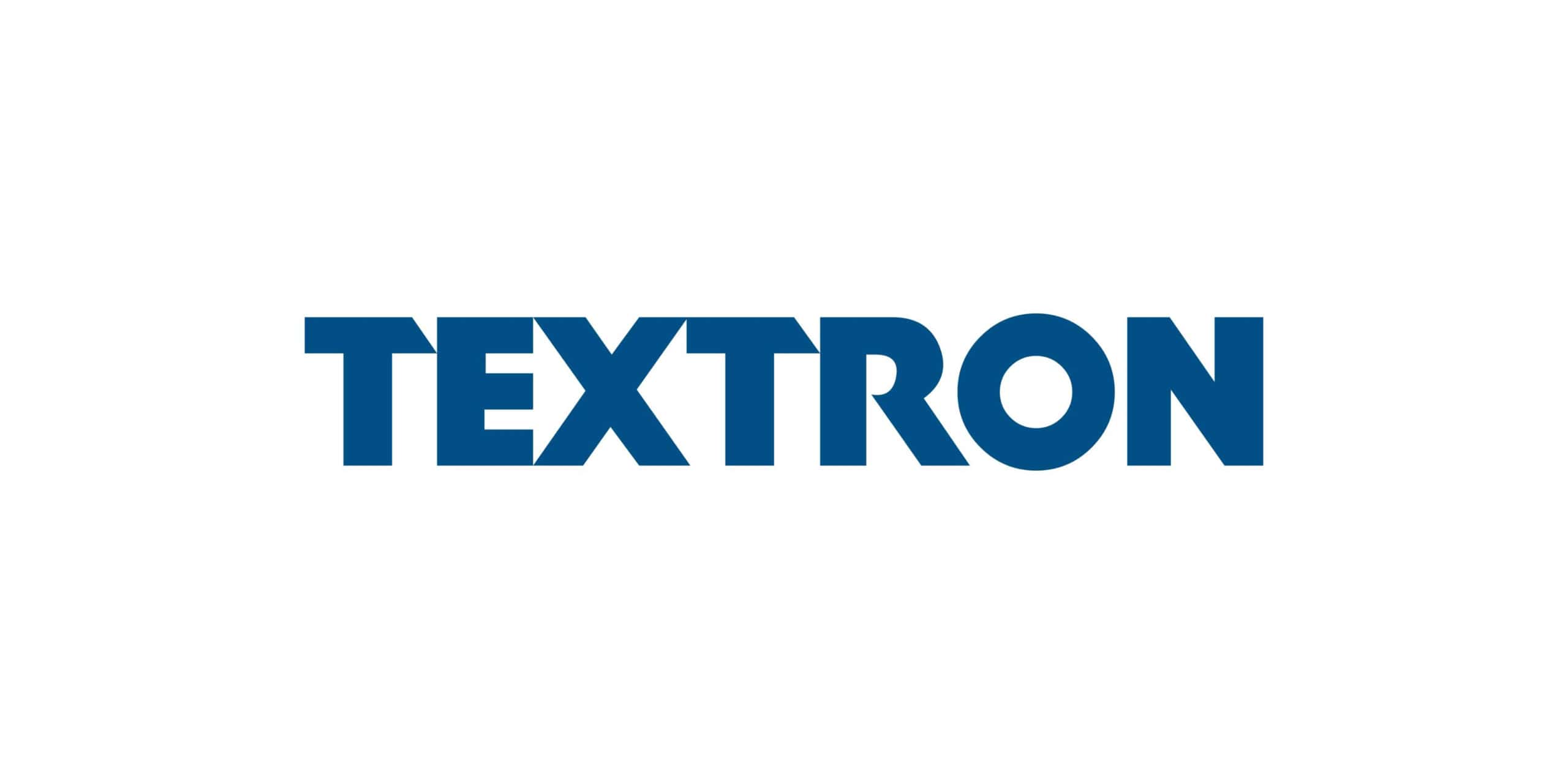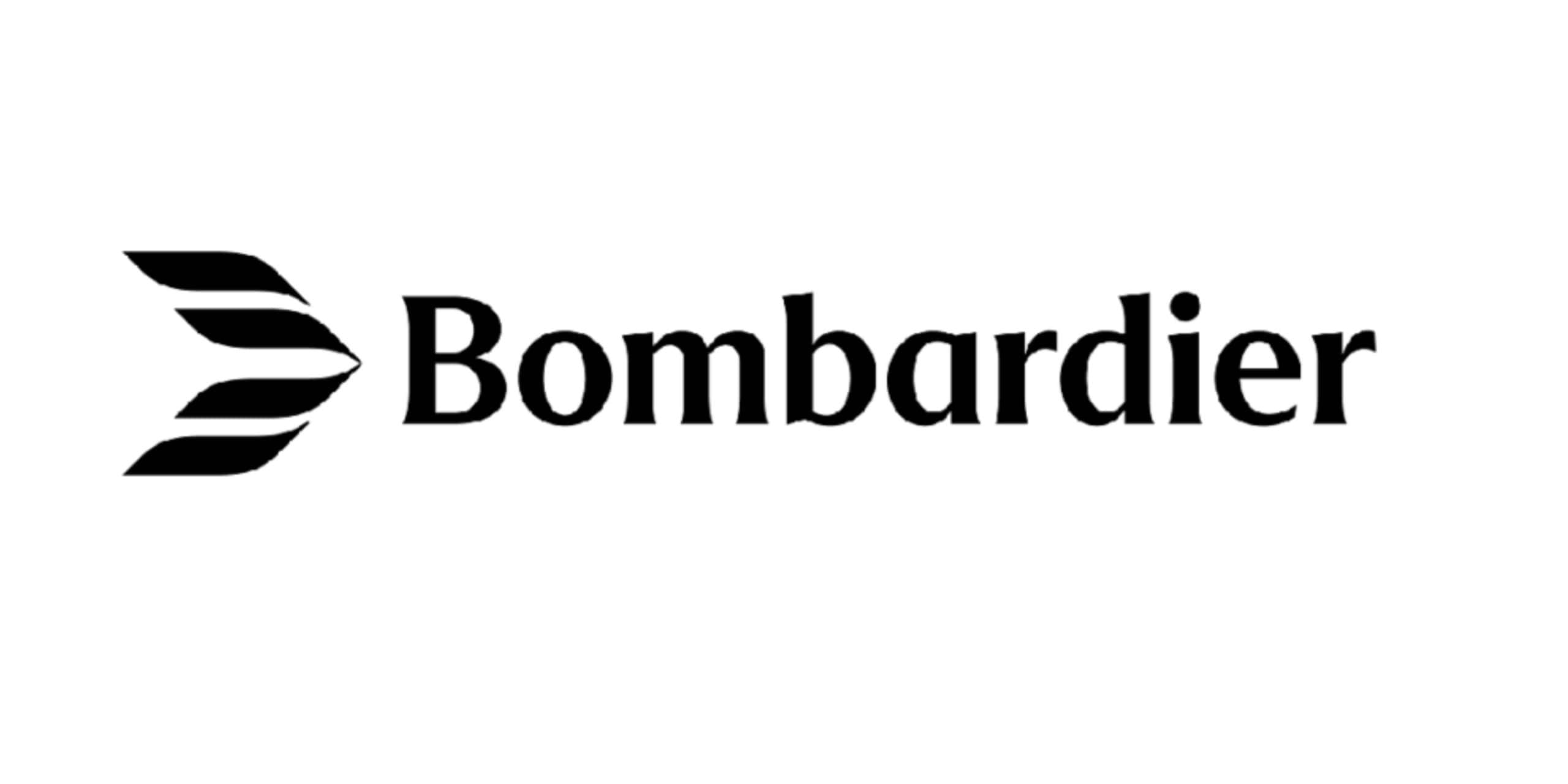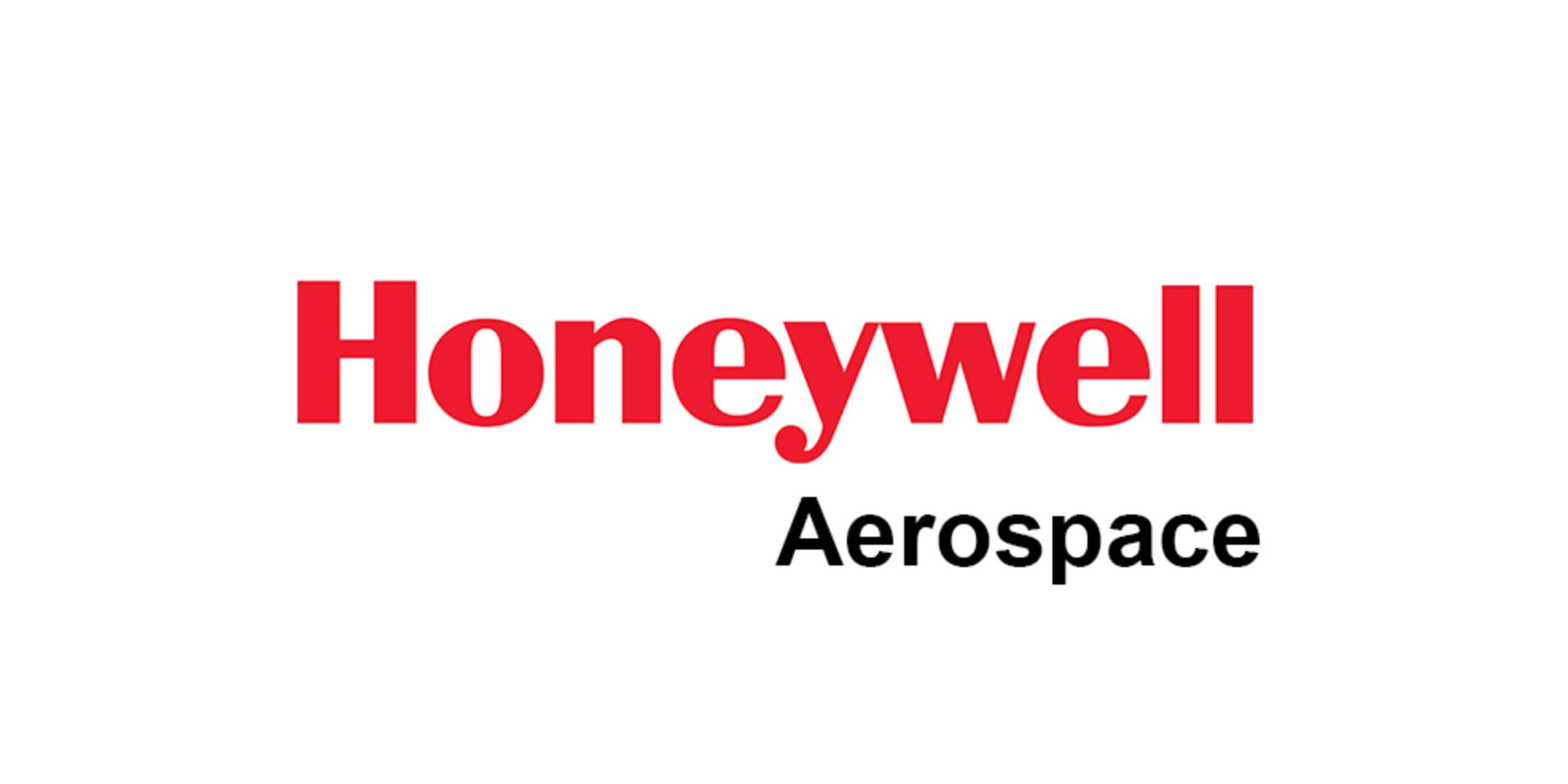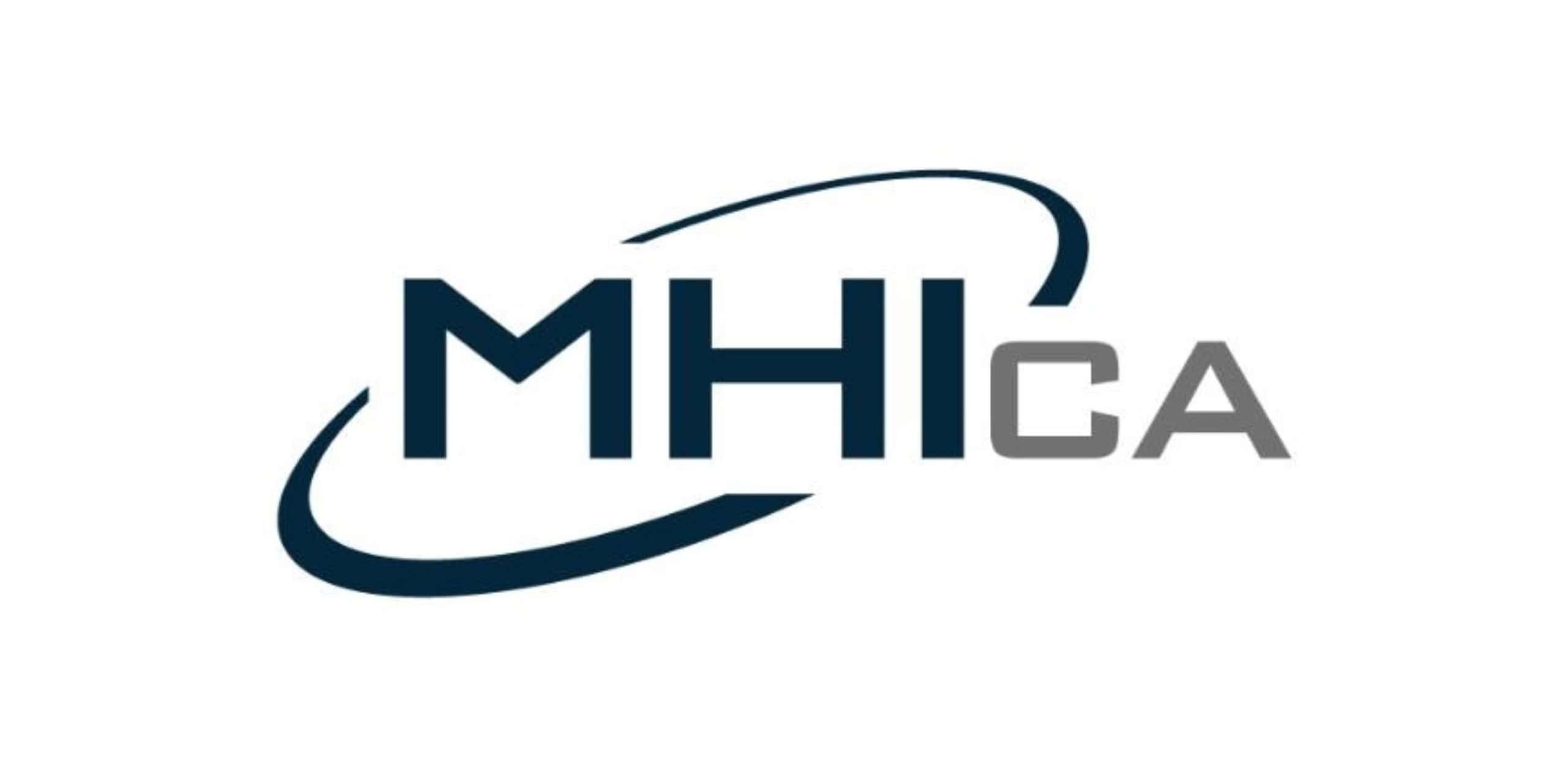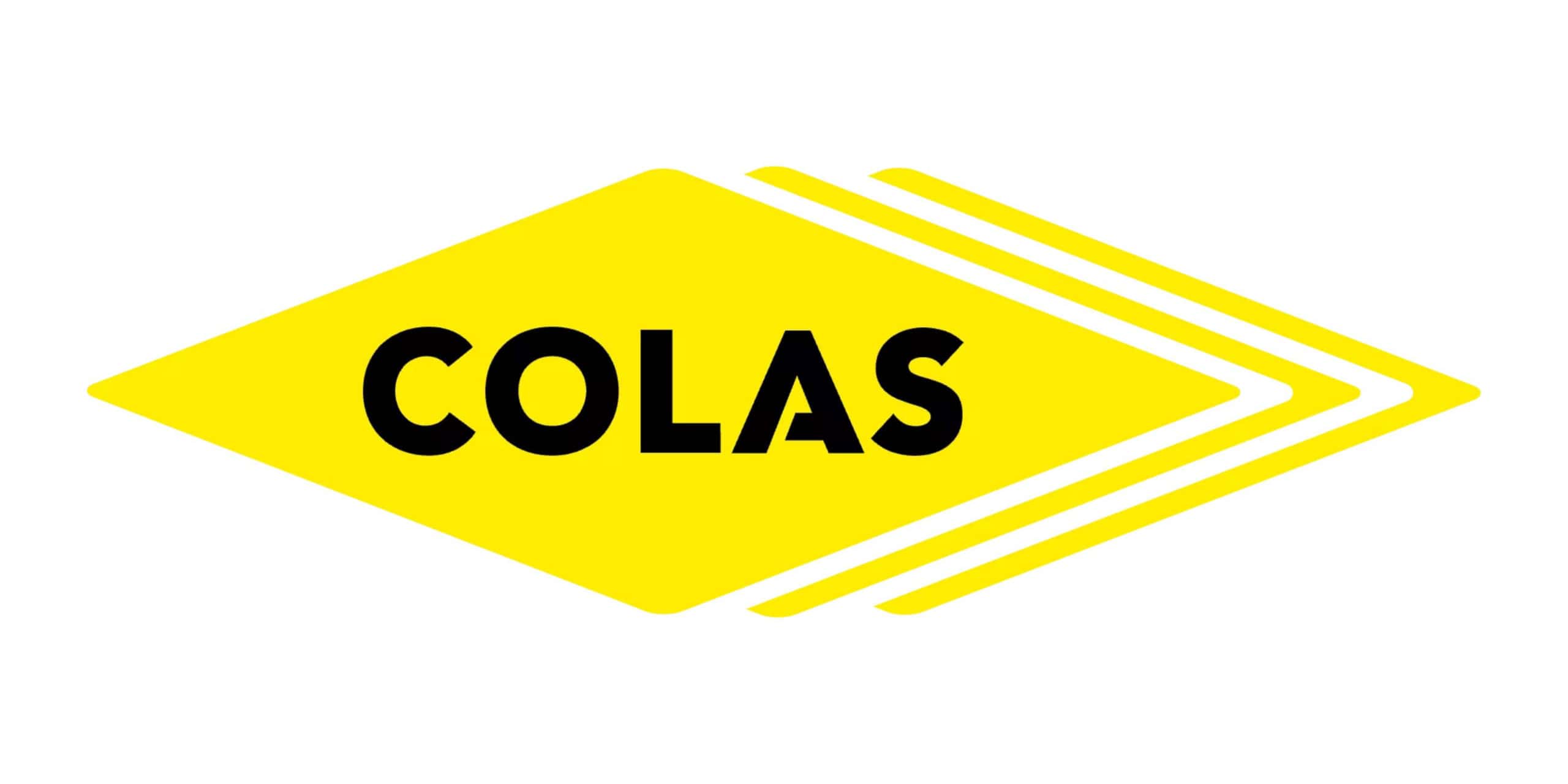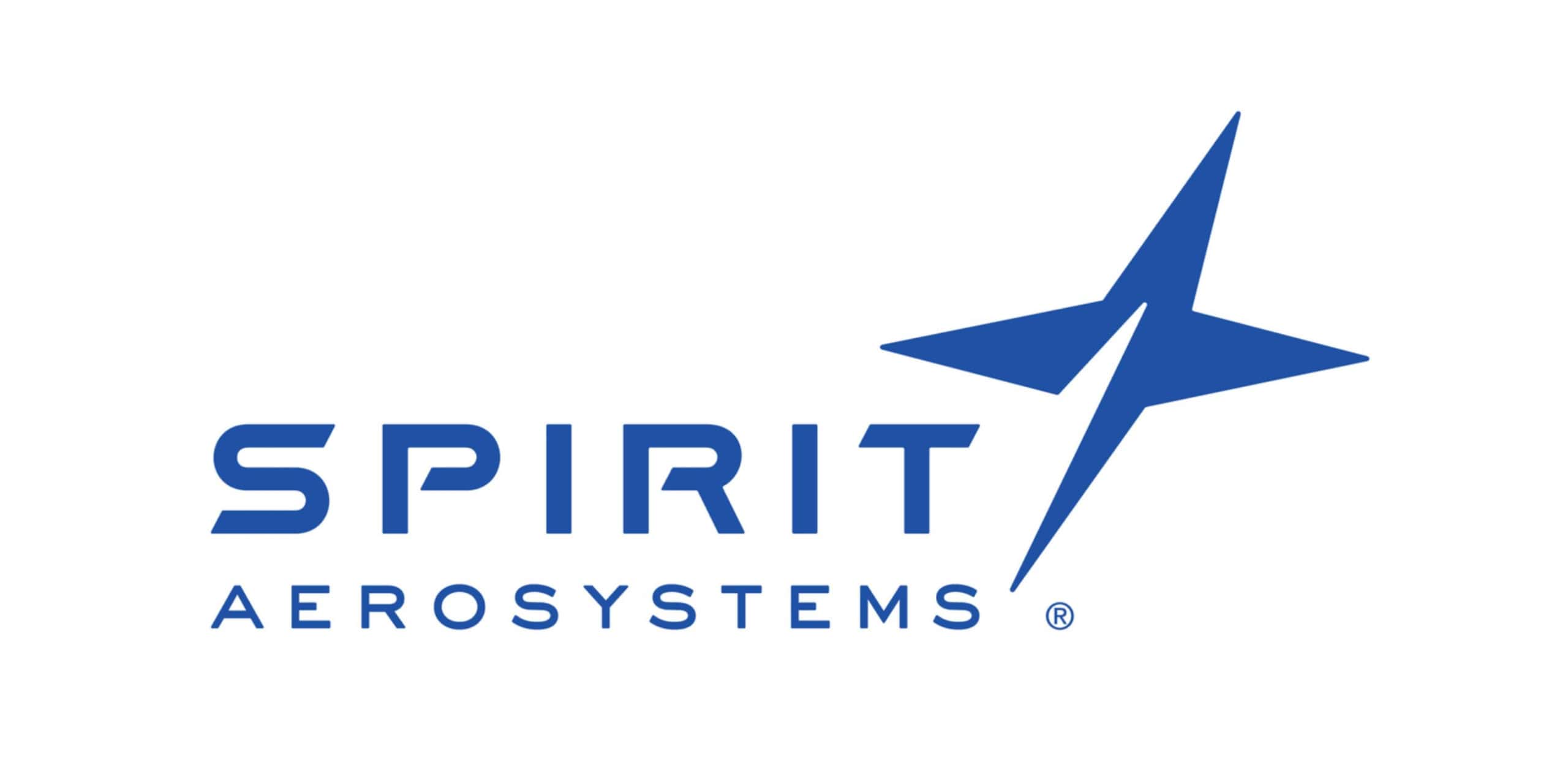The Covid-19 pandemic has had a massive impact on the aerospace industry, affecting the supply chain in numerous ways and leaving businesses with various challenges to overcome in the future.
Aerospace and defense companies find it challenging to find and maintain sophisticated solutions and stay ahead of the competition as production ramps up again with new technologies in the limelight.
A supply chain is a core component of any aerospace company, and a suitable strategy is directly proportional to the organization’s success. Efficient and reliable supply chains enable aerospace companies to meet their strategic, business, and financial goals.
However, aerospace companies work in complex ecosystems with different tiers of original equipment manufacturers, suppliers, repair, maintenance, overhaul providers, and customers, including armed forces, airline companies, and defense organizations.
In addition, aerospace companies experience diversity because they deal with suppliers, consumers, and other stakeholders across geographic locations. At the same time, they deal with data ecosystems, digital disruption in the industry, and intense competition.
However, an aerospace company that understands the latest supply chain management trends and implements advanced strategies can streamline its operations, stay competitive in the market, and improve its business’s bottom line.
So, today’s article will discuss the latest trends in aerospace supply chain management. Still, before that, we will explain the current situation of the aerospace supply chain to help you get a clearer picture of what’s happening in the midst of the Covid-19 pandemic and the Russian invasion of Ukraine. Read on!

The Current Situation of Aerospace Supply Chains
Aerospace and defense companies are an integral part of a complex network, with thousands of suppliers in a webbed and multi-tiered relationship. An aerospace company’s supply chain includes a complicated network/landscape of original equipment manufacturers, multiple suppliers, maintenance service providers, and customers, including militaries and airline carriers.
So, the complexity of the aerospace industry makes it challenging for companies to ensure transparency across the supply chain. Because supply chains are getting globalized and cutting across geographic locations, aerospace companies have become more prone to experiencing disruptions.
The primary objective of aerospace companies is to analyze, build, and manage more streamlined and resilient supply chains because the pandemic has caused massive disruptions across the industry.
For instance, aerospace companies worldwide experienced a massive decline in demand and production because the pandemic forced passengers to avoid traveling and workers to work from home.
At the same time, many customers, including airline companies and defense organizations, postponed purchasing new aircraft. In addition, the pandemic and the Russian invasion of Ukraine have declined the demand for spare parts because companies require less maintenance.
So, lower aircraft demand and restrictions on people and goods’ movement cause significant disruptions in aerospace supply chain networks. Although most aerospace suppliers have extensive knowledge of supplying complex equipment, they fail to make rapid changes to production in response to fluctuating demands.
Rapid fluctuations in demand have heightened the challenge because suppliers fail to serve commercial aerospace and defense companies. While the industry began to recover from supply chain disruptions caused by the pandemic, Russia’s invasion of Ukraine has created new problems for companies, disrupting aerospace supply chains and trade flows.
Russia’s invasion of Ukraine has caused additional problems in an already deteriorated global aerospace supply chain. The war in Ukraine imposed by Russia has limited the aerospace industry’s ability to streamline its operations and meet the demand.
In addition, Russia’s war on Ukraine has caused industrial leaders to think about whether the aerospace sector is too dependent on specific regions or countries. Likewise, industrial leaders have analyzed the situation and considered diversification to reduce dependency on Russia’s resources.
Russia’s invasion of Ukraine can elevate the shift from global to regional sourcing of materials, including raw materials, parts, and finished aerospace goods between European and Asian countries and Russia.
So, this is the current situation of the aerospace supply chain. Let us discuss the latest aerospace supply chain management trends, allowing companies to reduce risks and optimize their operations.

Latest Trends in Aerospace Supply Chain Management
Aerospace companies must build resilient supply chain networks to better manage volatility and disruptions. It requires establishing long-term strategies and building resilience in the face of changing geopolitical and geoeconomic landscapes or trade flows.
Likewise, leaders in the aerospace industry should make substantial efforts to streamline supply chains by making strategic decisions that reduce risks and drive long-term and sustainable growth. Here are the top trends in aerospace supply chain management to building and managing supply chain resilience.
Adoption of Digital Technologies
Coping with the current situation is daunting, time-consuming, and frustrating for aerospace companies. Suppose you operate an aerospace company and want to survive the devastation caused by the pandemic and Russia’s invasion of Ukraine. In that case, you need to make informed decisions based on real-time data.
The purpose is to prepare for unexpected future situations and deal with uncertainties. So, the adoption of digital technologies, including advanced enterprise resource planning systems, digital supply networks, artificial intelligence, predictive models/solutions, and data security, can help your company survive the sociopolitical and socioeconomic disruptions.
Embracing advanced technologies is directly proportional to boosting productivity because these systems automate internal processes, streamline workflows, allow for better supply chain management, and let you leverage the power of data analytics to better position your company for dealing with uncertain situations.
An Agile Supply Chain Approach
Agility and flexibility have become integral components of supply chain management and strategies. An agile approach enables an aerospace company to alter inventory levels during uncertain times by measuring risks for critical suppliers.
However, this requires your company to establish trust-based and healthy relationships with all partners in the supply chain network. Otherwise, you won’t access end-to-end inventory data.
Leveraging mutually beneficial relationships allow aerospace companies to reduce the risk of single points of failure, streamline operations, receive/provide support to businesses in the network, and gain better access to financing.
Workforce Training & Development
Although workforce training and development are old strategies, aerospace companies need to remodel and revamp their approach to meet workforce demands/needs and scale up production.
The new trend in workforce training and development involves providing employees with digital tools to improve their skills and meet the needs of today and the future.
Therefore, aerospace industry leaders must modify their talent strategy and invest in highly sophisticated training programs to improve the necessary skills. Companies that spend time and energy encouraging, engaging, and equipping their employees with digital tools streamline their supply chain management and network.
Therefore, you must make informed decisions and actions to respond to the short and long-term risks of the current political turmoil and instability in the global supply chain. Take steps to establish and manage resilience in your supply chains.

Advanced Cyber Security Protocols
Cybersecurity and risk management go hand-in-hand for aerospace supply chain companies, allowing them to improve their business flow. However, the current global supply chain uncertainty makes aerospace companies vulnerable to cyberattacks.
Cybercriminals and hackers are more likely to access supply chain systems, steal confidential data, and sell it to third parties on the dark web. For example, a ransomware cybercriminal or attacker exercises higher demands to let go of the hacked system.
Because supply chain systems have become digital, malware, ransomware, and other forms of cyberattacks are now part of modern supply chain warfare. However, the good news is that industry leaders and employers can reinforce their security by implementing state-of-the-art cybersecurity protocols and building more resilient systems to effectively mitigate the risk of data theft.
So, aerospace organizations must take an active and preventative approach to cybersecurity to reduce the risk of data breaches and financial losses. While most companies find this situation challenging, they can prevent hackers and cybercriminals from rattling the aerospace supply chain by implementing advanced security protocols and encryption methods.
Friend-Shoring Strategies
Aerospace companies focus on friend-shoring practices or strategies to diversify sourcing regions for metals like titanium. For instance, Russia would provide 20% of the world’s raw titanium to aerospace companies. However, the invasion of Ukraine by Russia makes it troublesome and unethical for companies to source titanium and other metals from Russia.
On the other hand, companies that diversify their sourcing to other countries, such as the United States, Japan, China, and Kazakhstan, can balance the global supply of titanium and other metals. In that case, aerospace companies need to focus on friend-shoring to look into new regions and diversify the supply ecosystem.
Supplier Network Visibility
Aerospace organizations can improve tracking and monitoring of supply chain strategies, events, and patterns by following a proactive approach, such as evaluating supplier’s performance compliance via real-time data, monitoring materials flow from upstream suppliers to end users and identifying/analyzing end-user consumption patterns.
The purpose is to reduce operational costs without experiencing disruptions. Original equipment manufacturers have a massive opportunity to use digital tools and cutting-edge technology to increase supplier network visibility, control better, understand potential risks, and optimize operations.
So, this requires aerospace companies to improve their supplier network risks-identifying capabilities by creating new supplier channels. At the same time, you will have to focus on strategic sourcing activities, including suppliers’ geographic concentration.

Vertical Integration
Vertical integration is another trend in aerospace supply chain management, allowing companies to evaluate opportunities and secure materials supply via direct arrangements with upstream suppliers.
For instance, a reputable aircraft production company can secure critical metals and minerals for modern batteries through vertical integration. In addition, aerospace companies should improve in-house capabilities, such as rewriting software code to streamline operations.
For example, this may involve optimizing the availability of semiconductor supply. The primary objective of vertical integration is to bring flexibility, complete products, and maintain supply chain flow.
Shift Manufacturing Capacity
Aerospace companies that shift manufacturing capacity can further improve their operations because this strategy enables local companies to provide aerospace businesses with the flexibility to adapt solutions and reduce risks caused by changing geopolitical and trading shifts.
In addition, you can identify alternate suppliers to manufacture products during disruption. Alternate suppliers can provide your company with essential resources and reroute materials to meet the fluctuating demands.
However, this requires an aerospace organization to develop a technology-enabled workflow or system to ensure constraints are visible, objectives are clear, priorities are well-defined, and end-to-end supply chains are appropriately synchronized.
Final Words
Aerospace supply chain management trends can bring efficiency, reliability, and resilience to companies’ supply chain networks, allowing them to keep their businesses moving and stay competitive. Focus on the trends above to optimize your business process amid the Covid-19 pandemic and Russia’s invasion of Ukraine.
These trends/strategies will help you mitigate risks, secure data, analyze real-time information, strengthen relationships with reputable players, and improve your business’s bottom line. Until Next Time!







